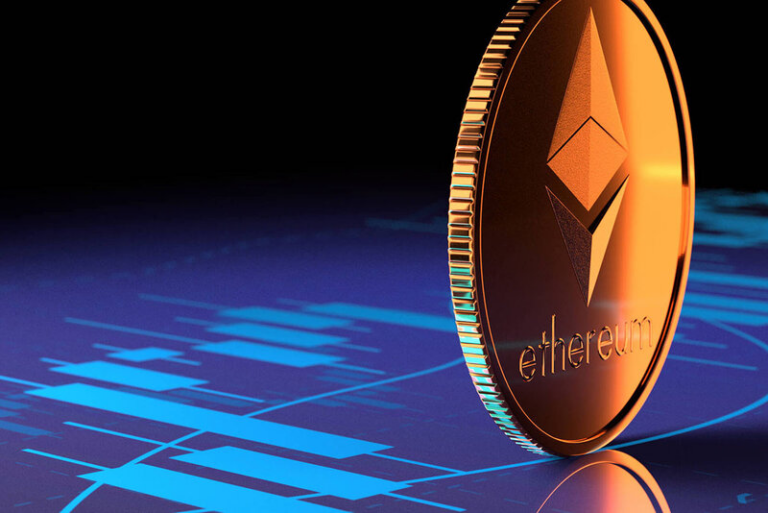The role of stablecoins in volatile markets
Stablecoins have emerged as a crucial instrument in the realm of cryptocurrencies, particularly in volatile markets. As digital assets designed to maintain a stable value relative to a fiat currency or an underlying asset, stablecoins offer a level of price stability that is often lacking in traditional cryptocurrencies like Bitcoin and Ethereum. In volatile markets, where price fluctuations can be extreme and unpredictable, stablecoins play several key roles in mitigating risk and providing stability to investors and traders.
Understanding Stablecoins
Before delving into their role in volatile markets, it’s essential to understand what stablecoins are and how they operate. Stablecoins are digital currencies pegged to a stable asset, such as fiat currencies like the US dollar or commodities like gold. Unlike traditional cryptocurrencies, whose value can be highly volatile, stablecoins aim to maintain a stable value, typically at a 1:1 ratio with the underlying asset.
Hedging Against Volatility
One of the primary roles of stablecoins in volatile markets is to serve as a hedge against price volatility. When cryptocurrency markets experience sharp fluctuations, investors and traders often seek refuge in stablecoins to protect their capital from potential losses. By converting volatile cryptocurrencies into stablecoins, market participants can temporarily exit the market and preserve the value of their assets until market conditions stabilize.
Facilitating Trading and Liquidity
Stablecoins play a crucial role in facilitating trading and enhancing liquidity in volatile markets. Due to their stable value and ease of transferability, stablecoins serve as an efficient medium of exchange for trading cryptocurrencies and other digital assets. Traders can quickly and securely move funds in and out of volatile markets using stablecoins, providing liquidity and stability to the market ecosystem.
Decentralized Finance (DeFi) Applications
Stablecoins are integral to the burgeoning ecosystem of decentralized finance (DeFi) applications, which aim to recreate traditional financial services using blockchain technology. In volatile markets, DeFi platforms leverage stablecoins to offer a wide range of financial products and services, including lending, borrowing, and yield farming. Stablecoins provide the stability and predictability necessary for these DeFi applications to function effectively, enabling users to access financial services without being exposed to the volatility of traditional cryptocurrencies.
Remittances and Cross-Border Payments
Stablecoins also play a vital role in facilitating remittances and cross-border payments, particularly in regions with volatile or unstable fiat currencies. By using stablecoins as a medium of exchange, individuals and businesses can transfer value across borders quickly, securely, and cost-effectively. Stablecoins eliminate the need for expensive intermediaries and traditional banking infrastructure, making cross-border payments more accessible and efficient for everyone involved.
Conclusion
In conclusion, stablecoins play a crucial role in volatile markets by providing stability, liquidity, and risk mitigation for investors and traders. As digital assets pegged to stable assets like fiat currencies, stablecoins offer a reliable means of preserving value and conducting transactions in the face of extreme price fluctuations. Whether used as a hedge against volatility, facilitating trading and liquidity, powering DeFi applications, or enabling cross-border payments, stablecoins have become an indispensable tool in the cryptocurrency ecosystem



